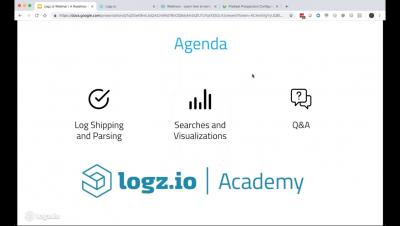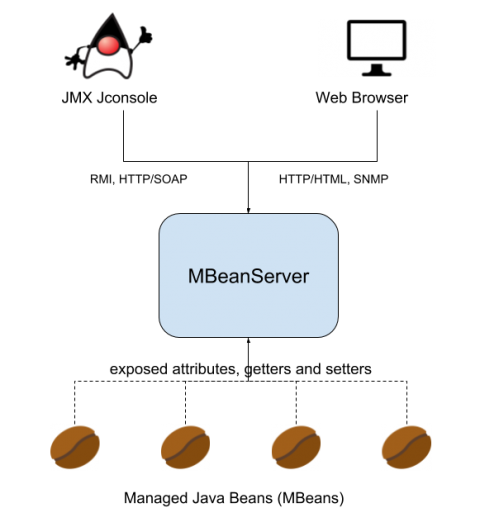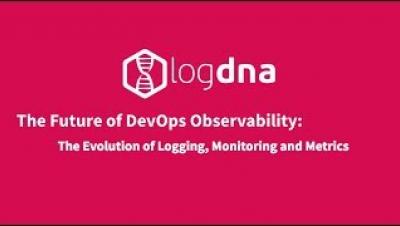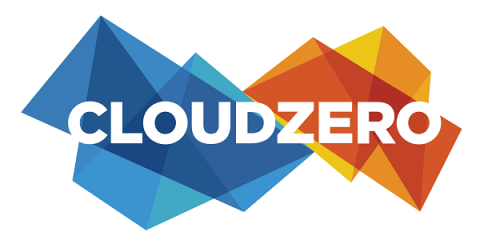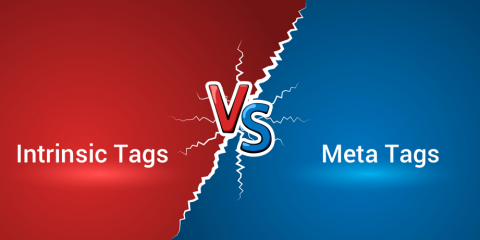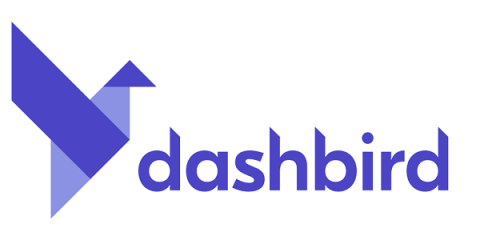Operations | Monitoring | ITSM | DevOps | Cloud
%term
Jenkins in a Nutshell
In many projects, the product development workflow has three main concerns: building, testing, and deployment. Each change to the code means something could accidentally go wrong, so in order to prevent this from happening developers adopt many strategies to diminish incidents and bugs. Jenkins, and other continuous integration tools (CI) are used together with a source version software (such as GIT) to test and quickly evaluate the updated code.
Monitoring Java using JMX and custom metrics
JMX (Java Management Extensions) is a set of specifications conceived to monitor and manage Java applications. To implement the JMX technology, you need to create and register MBeans (Managed Beans) as part of your Java code. Using JMX technology and tools, Java application developers can get the dynamic state of the application and use it for performance tuning, troubleshooting and debugging.
The Future of DevOps Observability: The Evolution of Logging, Monitoring and Metrics
FinDevOps and Serverless: Unlocking the Promise of the Cloud
The year is 2020 and you are responsible for ensuring the efficient and reliable operations of millions of dollars of cloud computing infrastructure. Things have changed a lot in the past few years, even more so from the days when you first moved from on-premise and into AWS.
An Opinionated List of Skills You Need for a DevOps Job in 2018
The world of DevOps is a pretty confusing place for folks just starting out. Even figuring out what “DevOps” means can be hard. Is it CI/CD with Kubernetes and Serverless to drive Agile product iterations? Or is it SSH-ing into a box and restarting Apache? You guessed it. All of the above and most things in between.
Intrinsic vs Meta Tags: What's the Difference and Why Does it Matter?
Tag-based metrics are typically used by IT operations and DevOps teams to make it easier to design and scale their systems. Tags help you to make sense of metrics by allowing you to filter on things like host, cluster, services, etc. However, knowing which tags to use, and when, can be confusing. For instance, have you ever wondered about the difference between intrinsic tags (or dimensions) and meta tags with respect to custom application metrics? If so, you’re not alone.
Monitor your domain, SSL certificate, blacklists and robots.txt
Super Monitoring introduced a new type of check: “Daily Health”, which checks once a day the domain and SSL certificate’s expiration dates, the validity of the certificate, presence of the site on blacklists and detects whether the website is blocking search engine robots.
Top 3 AWS Lambda Performance Monitoring Tools
Serverless is often described as the abstraction to end all abstractions. VMs and standalone containers pale in comparison stateless functions. That pristine distinction between the application’s code and its stateful data is something we all dream of. Scalability, observability and high availability can now be realized on a global scale.
Machine Learning with AWS Lambda
We all know the latest trend in today’s technology and how Machine Learning is changing the way business decisions are made. Machine learning replaces old manual repeatable processes and provides the systems the ability to get into a mode of self-learning without being explicitly programmed.


